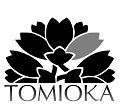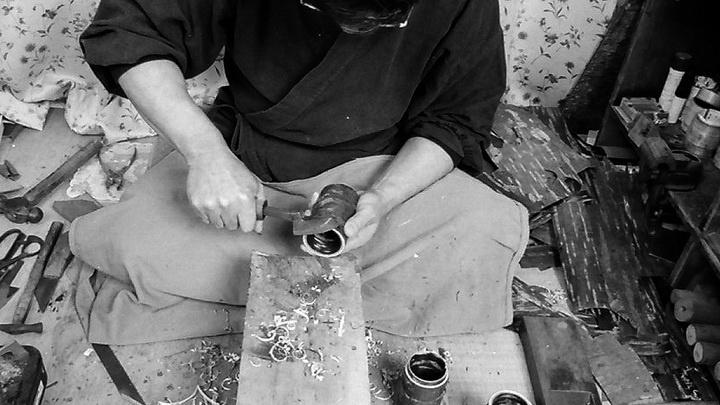
|
|
Category
art KABA
makimaki kasanegasane happa kapa kaba no shato stick cherry pieces kabaju KISS of kaba BAND KAIKA SLIDER Bird's Eye Join Trick Brilliant Photo frame  kaba@tomioka-shoten.co.jp
|
Home°°°š°°Kaba-zaiku

Explanation on 'Kaba-zaiku' of Kakunodate
°»Kaba-zaiku°… of Kakunodate is written, in Japanese Kanji, ≥ÚļŔĻ© or ļý»ťļŔĻ©.
In olden days, the bark of the Japanese cherry tree was called °»KANIHA°…. It was broadly used for making brushes, bows, and katana sheaths. Some records indicate that KANIHA artifacts were stored as offerings in the Shosoin (show-sew-yin), the treasury for the Emperor of the Japan. It is said that the art of cherry bark handicrafts was originally passed down from generation to generation in Ani district located in northern Akita. Fujimura Hikoroku who was a samurai serving the feudal Northern Lord Satake in Kakunodate developed the technique in the mid-Edo era. Among the handicrafts in Edo era, there were tobacco containers, vasculum, and containers for eye-glasses. In early Meiji era, samurai lost their jobs because the Tokugawa regime collapsed. Though the samurai in Kakunodate made Kaba-zaiku primarily as supplemental income when they were prominent, after the collapse of the feudal system these minor landholders shifted to full-time professional craft makers. The craft makers gradually found their market through wholesalers, developing Kaba-zaiku products. In the Taisho era after the Meiji era, Kaba-zaiku was successfully presented in an exhibition in Tokyo, and became renowned as one of the best special products in Akita. Kaba-zaiku products are mainly classified into four categories corresponding to the processes and the techniques of the art.
Katamono: A technique for making a shape using wooden molds; it is used for making tea caddies, inrou (tobacco grass container), doran (vasculum) and so on.
Kijimono: A technique for making box-type products such as letter boxes, tea-set boxes and so on. Tatamimono: A technique of making a block consisting of many glued layers of cherry tree bark. The block is then sculpted into accessories such as broaches, cuff links, tie-pins, inrou, netsuke°°(hanging accessory) and so on. Monyo-zuke: A decorative technique to add delicate designs on products such as tea caddies, tea-set boxes and hangers for decoratively framed Shikishi (Shikishi-gake).
In 1976, Japan designated Kaba-zaiku as traditional craftwork. This was the first time Akita Prefecture was recognized for its folk crafts. Kaba-zaiku is a special kind of artwork that portrays the beauty and warmth of nature uncommon in modern craftsmanship. Mr. Muneyoshi Yanagi who is a pioneer of the modern Mingei movement praised this art form with these words-- °»Kaba-zaiku is a truly Japanese form of art that is carved out of its national tree, the cherry blossom°….
|
